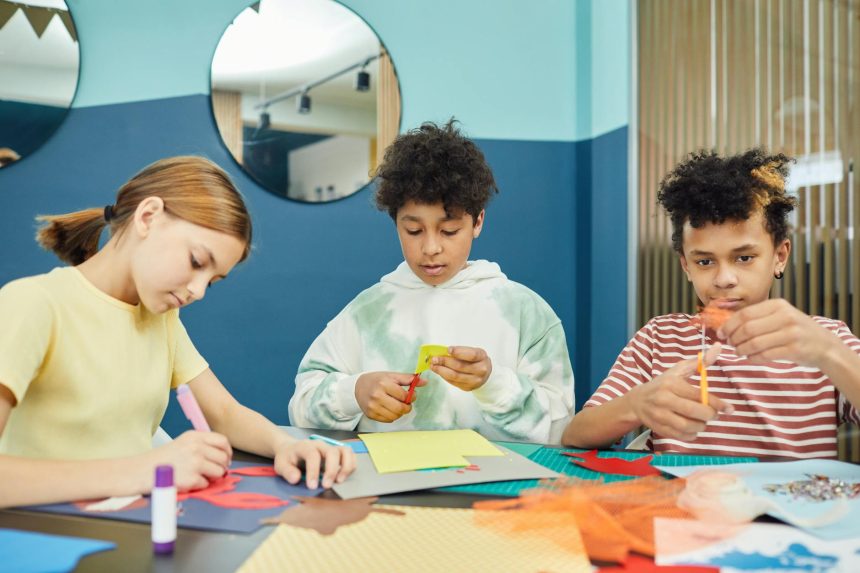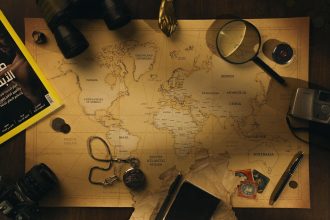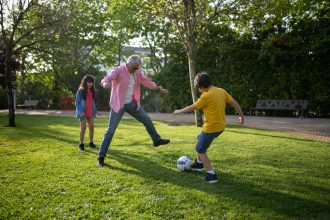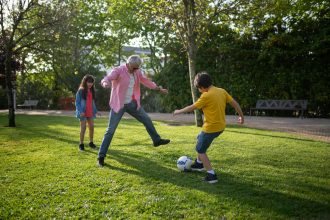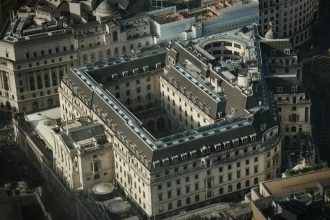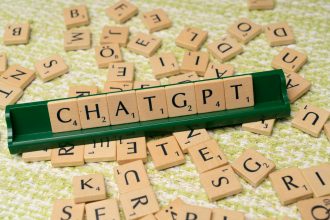ai-in-art-schools
AI in Art Schools: 7 Ways Creativity Thrives in a Digital Age
The landscape of creative education is undergoing a seismic shift. For generations, art schools have been bastions of traditional techniques and avant-garde experimentation, but a new force is reshaping how students learn, create, and perceive their craft: Artificial Intelligence. Far from being a threat, the integration of AI in art schools is sparking a renaissance, propelling a surge in applications as aspiring artists recognize the imperative to master these powerful new tools.
Navigating AI in Art Schools: A New Era of Creativity
The conversation around AI often conjures images of automation and replacement. However, within the hallowed halls of creative institutions, AI is being embraced as a partner, a muse, and a revolutionary medium. Students are no longer just learning to wield a brush or chisel; they are learning to prompt algorithms, interpret data visualizations, and design with machine learning at their fingertips.
The AI Revolution and Creative Education
This technological evolution isn’t simply about incorporating new software. It’s about fundamentally rethinking the creative process. AI tools can generate initial concepts, assist with complex simulations, or even create entirely new aesthetic forms that challenge our understanding of authorship. Consequently, art schools are adapting their curricula to equip students not just with technical skills, but with critical thinking to navigate the ethical and philosophical implications of AI-generated art.
Why Art School Applications Are Surging
Despite the initial apprehension some might feel about AI’s impact on creative careers, art schools are experiencing a notable rise in applications. This phenomenon can be attributed to several compelling factors:
- Desire for Cutting-Edge Skills: Students recognize that proficiency in AI tools will be crucial for future success in creative industries.
- Guidance in a Complex Field: Art schools offer structured learning environments to demystify AI and provide ethical frameworks.
- Collaboration and Community: The opportunity to learn alongside peers and expert faculty, exploring AI’s potential collectively, is invaluable.
- Unique Creative Opportunities: AI opens up entirely new avenues for artistic expression that traditional mediums cannot offer.
Challenges and Opportunities for Future Artists
While the opportunities are vast, the journey of integrating AI into artistic practice is not without its challenges. Art students must learn to balance technological prowess with the preservation of their unique artistic voice and vision.
Embracing AI as a Creative Tool
For many, AI is becoming an indispensable part of their toolkit. It allows for rapid iteration, complex pattern generation, and the exploration of visual styles that would be impossible or prohibitively time-consuming through manual methods. Here are some ways artists are leveraging AI:
- Concept Generation: AI can quickly generate a multitude of ideas, serving as a powerful brainstorming partner.
- Style Transfer: Artists can apply the aesthetic qualities of one image to another, creating unique fusions.
- Interactive Installations: AI-powered sensors and algorithms enable dynamic, responsive art experiences.
- Algorithmic Art: Creating art where the algorithm itself is the primary medium, generating intricate patterns and forms.
Ethical Considerations in Digital Art
The rise of AI in creative fields also brings crucial ethical discussions to the forefront. Questions of intellectual property, bias in datasets, and the definition of authorship are now central to creative discourse. Art schools are providing platforms for students to grapple with these complexities, fostering a generation of artists who are not only technically skilled but also ethically aware.
Preparing for a Hybrid Creative Future
The future of art and design is undoubtedly hybrid, blending human intuition with machine intelligence. Art schools are at the vanguard of preparing students for this exciting new reality, ensuring they emerge as versatile, adaptable, and forward-thinking creators.
Curriculum Evolution: Beyond Traditional Mediums
Modern art curricula are expanding to include courses in machine learning for artists, generative design, interactive media, and data visualization. This evolution ensures that graduates are not only proficient in traditional disciplines but also fluent in the digital languages that define contemporary creative practice. For a deeper dive into how technology is reshaping education, consider resources like Edutopia’s insights on AI in education.
The Human Touch in an AI-Driven World
Ultimately, while AI can augment and accelerate the creative process, the human element remains paramount. The ability to conceptualize, to imbue work with emotion, and to tell compelling stories is uniquely human. Art schools reinforce this, teaching students how to harness AI to amplify their human creativity, rather than diminish it. This symbiotic relationship between human and machine is explored further in discussions about the future of work, such as those found on sites like Harvard Business Review’s AI section.
The integration of AI in art schools is not just a trend; it’s a transformative movement. It’s equipping a new generation of artists with unprecedented tools, fostering critical dialogue, and redefining the boundaries of what’s possible in the creative sphere. As applications continue to climb, it’s clear that aspiring artists see AI not as an adversary, but as an essential partner in shaping the vibrant, innovative future of art.
Ready to explore how AI can elevate your creative journey? Share your thoughts in the comments below!
Featured image provided by Pexels — photo by Vanessa Loring


